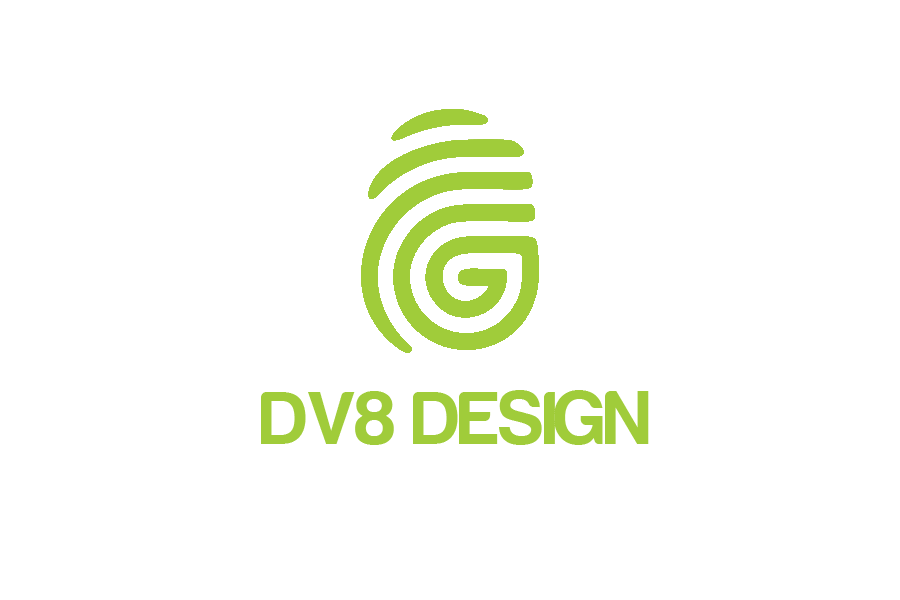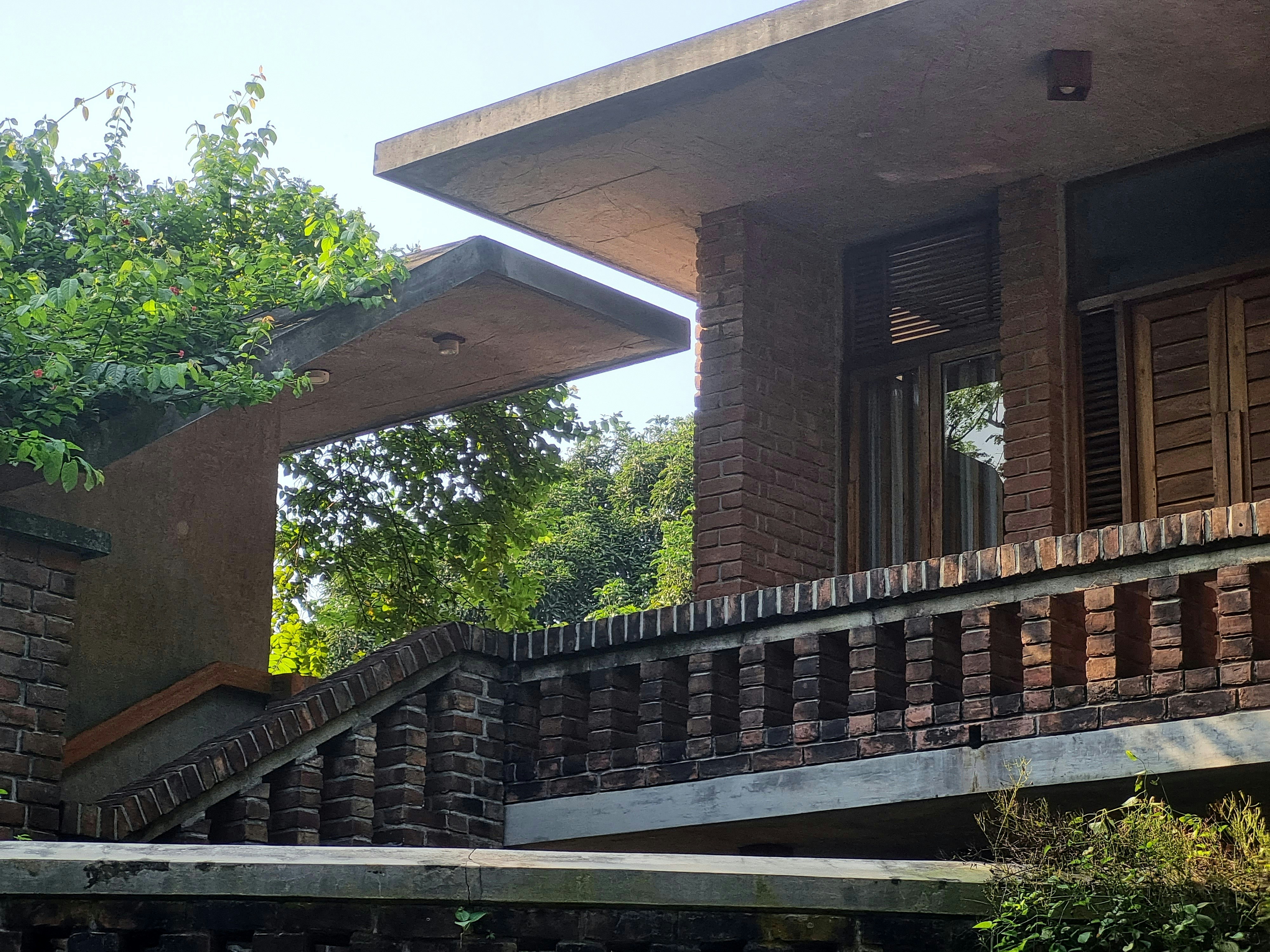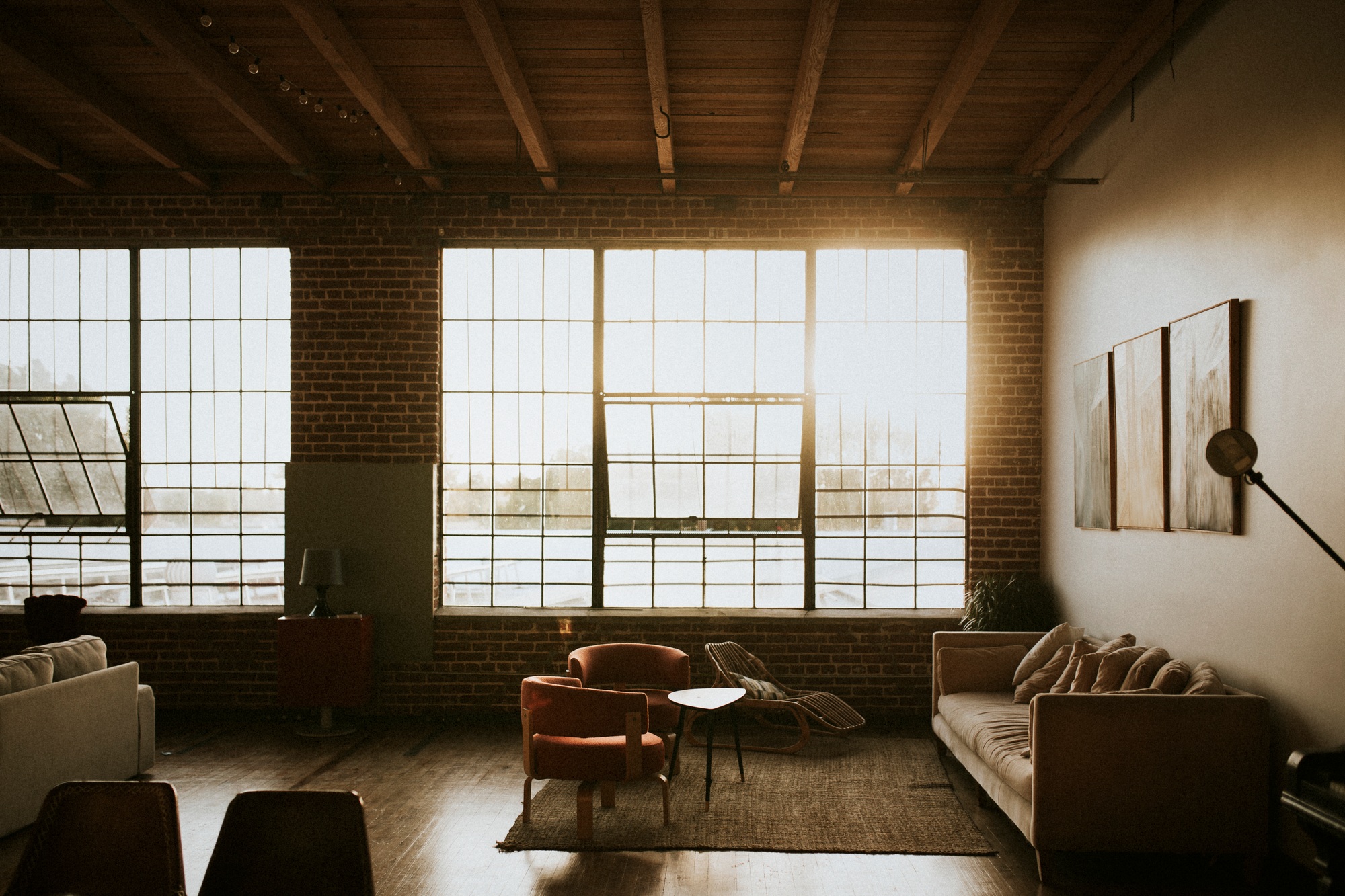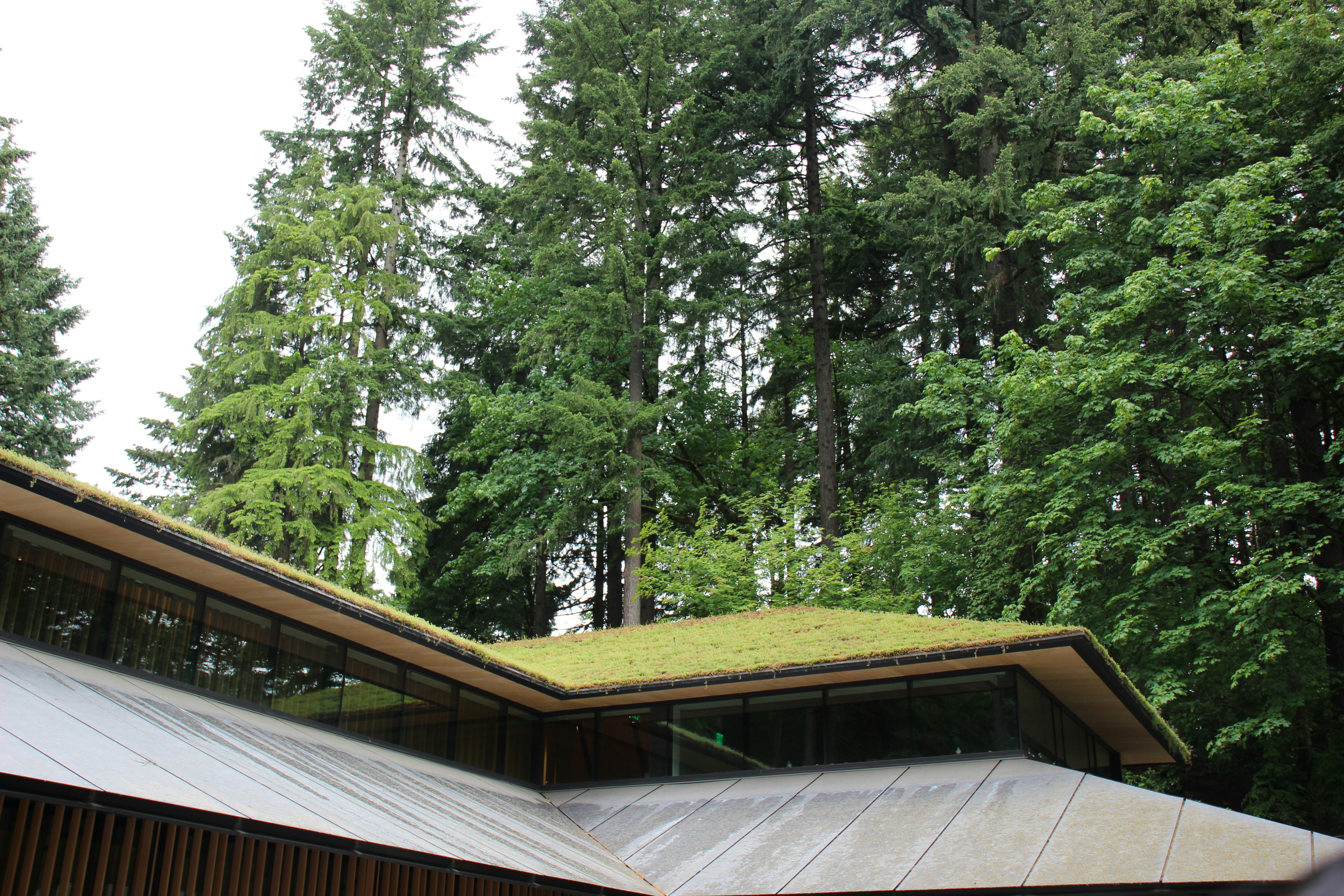The Power of Biogeometry: Designing for Energy and Balance
Biogeometry is a fascinating field that combines the principles of geometry and biology to create harmonious living spaces. By understanding the energetic qualities of shapes and patterns, designers can transform homes and residences into sources of vitality and tranquility. In this article, we will explore the power of biogeometry in architecture, interior design, textiles, and furniture, and how it can enhance our living environments.
Biogeometry in Architecture
Architecture plays a crucial role in shaping our physical and emotional well-being. Biogeometry principles can be applied to architectural design to create spaces that promote balance and harmony. By incorporating specific geometric shapes and proportions, architects can create buildings that resonate with positive energy.
For example, the use of sacred geometry, such as the Golden Ratio, can create a sense of balance and proportion in a space. This ancient mathematical principle is found in nature and has been used in architecture for centuries. By incorporating the Golden Ratio into the design of a home or residence, architects can create spaces that feel naturally harmonious.
Additionally, the placement of windows and doors in a building can also be influenced by biogeometry principles. By aligning openings with specific energetic pathways, architects can enhance the flow of energy through space, creating a sense of vitality and well-being.
Biogeometry in Interior Design
Interior design is another area where biogeometry principles can be applied to create harmonious living spaces. By carefully considering the shapes, colors, and materials used in a room, designers can enhance its energetic qualities.
One way to incorporate biogeometry into interior design is through the use of specific shapes and patterns. For example, combining the Flower of Life pattern, a sacred geometric symbol, into textiles or wall coverings can create a sense of balance and harmony in a space. Similarly, using curved lines and organic shapes in furniture and decor can create a more natural and flowing energy.
Color also plays a significant role in biogeometric design. Each color has its energetic frequency, and by carefully selecting and balancing colors in a room, designers can create specific energetic effects. For example, using warm colors like red and orange can create a sense of energy and vitality, while cool colors like blue and green can promote relaxation and tranquility.
Biogeometry in Textiles and Furniture
Textiles and furniture are essential elements of any living space, and they can also be designed with biogeometry principles in mind. By choosing materials and shapes that resonate with positive energy, designers can create furniture and textiles that enhance our well-being.
When it comes to textiles, natural materials like organic cotton, linen, and wool are often preferred in biogeometric design. These materials have a natural energy that can contribute to a sense of balance and harmony in a space. Additionally, the patterns and colors used in textiles can also be influenced by biogeometry principles, creating a more energetically balanced environment.
Furniture design can also benefit from biogeometry principles. By incorporating specific shapes and proportions into furniture design, designers can create pieces that support our physical and energetic well-being. For example, chairs and sofas with curved lines and ergonomic shapes can promote comfort and relaxation, while tables with specific proportions can enhance the flow of energy in a room.
Conclusion
Biogeometry is a powerful tool that can transform our living spaces into sources of vitality and tranquility. By understanding the energetic qualities of shapes, colors, and materials, designers can create homes and residences that support our well-being on a physical, emotional, and energetic level. Whether it’s through the use of sacred geometry in architecture, the incorporation of specific shapes and patterns in interior design, or the choice of materials and shapes in textiles and furniture, biogeometry principles can enhance the energy and balance of our living environments. So, why not consider incorporating geometry into your own home or residence and experience the power of design for energy and balance with DV8?





